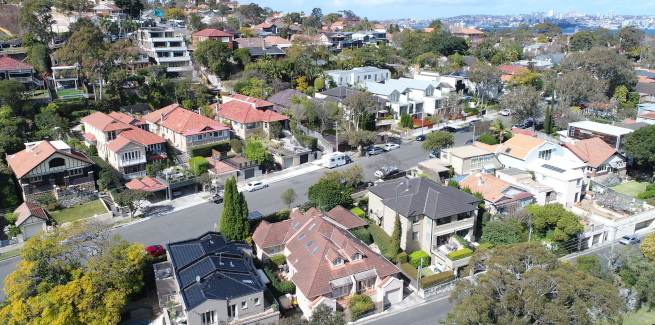Data from the latest Residential Mortgage Activity report from NSW Land Registry Services (NSW LRS) shows that newly originated mortgage activity remained strong in NSW in November 2020, driving overall mortgage growth in the state.
This growth, combined with a buoyant refinancing market, saw the second highest month for volumes coming onto the register in 24 months, just behind October 2020.
According to the report, the volume of newly originated mortgages on residential titles reached two-year highs on the register, increasing by more than 50 per cent since May 2020.
Further, NSW LRS reported that between September and November 2020, there had been an acceleration of “closed mortgages” (attributed to either sale of underlying property or paying off a mortgage entirely), resulting in the highest level of closed mortgages in the past 24 months, too.
Big banks writing majority of new mortgages
Major banks wrote their highest volumes of new mortgages for two years last month, the NSW LRS found. However, as an overall segment, the big four experienced neutral net mortgage growth last month (in terms of total volumes).
The director of analytics and insights at NSW LRS, Jerry Goldfried, noted that performance across the majors was mixed, though.
For example, he told Mortgage Business that Westpac has ceded its position as overall NSW market share leader, losing more than 1 per cent of its mortgages registered against NSW titles.
The Commonwealth Bank of Australia (CBA) continued to “hold its position as preferred lender for new mortgages on NSW residential titles”, he added, offsetting “lacklustre results in refinancing”. However, following 23 months of continuous net growth in new mortgages (factoring in closed mortgages), its growth fuelled overall market share gains.
“By focusing on the newly originated mortgage market, CBA has differentiated itself from the remaining big four lenders who are underperforming in this space,” Mr Goldfried told Mortgage Business.
He added that ANZ held its lead in residential net refinancing during COVID-19, but its lead over the other lenders has shrunk in recent months.
The NSW LRS head of analytics and insights revealed that, for the period April-November 2020, ANZ’s net refinance position had pulled ahead by more than 12,000 mortgages on NSW residential titles from the next major bank (CBA), growing ANZ’s portfolio of mortgaged properties in NSW by more than 3 per cent.
“As cashback offers in the market expire, we can see a shift in activity between lenders,” Mr Goldfried said.
Looking at the NSW mortgage market overall, refinance volumes continue to remain significantly above pre-COVID-19 levels but have begun to soften in November 2020, the registry noted.
Mr Goldfried noted that non-major domestic banks were gaining share again (after losing it to the majors during peak COVID months) and had continued to record a positive net refinance position in November 2020.
They continued to write the largest net volumes on a month-by-month basis, with 1,500 additional mortgages added to the register last month.
In fact, the big four lost two refinanced mortgages to every one gained from “other domestic banks” in November 2020.
Macquarie Bank has continued to show strong performance in the state, NSW LRS found.
Mr Goldfried outlined that Macquarie had doubled its mortgages on NSW titles over the last 18 months and had increased its mortgages on titles by over 23 per cent during COVID-19 alone.
Speaking to Mortgage Business, he said: “Not only has Macquarie Bank been dominant in residential refinancing, second only to ANZ, it is showing solid net gains in newly originated mortgages written – coming in second behind newly originated mortgage leader CBA.”
He added: “Macquarie Bank continues to improve its market share. It will be interesting to see if it maintains volumes if the refinancing market further softens.”
He added that Bendigo and Adelaide Bank has accelerated its market share growth in NSW during COVID-19 and has contributed to the losses of the big four.
Customer-owned banks recorded a net positive increase of 300 mortgages in November 2020, returning to overall growth for the first time since April 2020.
Foreign ADIs and non-ADIs also continued to see improved performance in November, indicating “green shoots of recovery” post-COVID-19, Mr Goldfried concluded, highlighting that foreign banks returned to a net positive position in November 2020 for the first time since July and that non-banks increased their newly originated mortgage volumes last month 22 per cent.
“Without gaining sufficient volumes in newly originated mortgages, lenders are forced to rely on attracting refinance customers, in a market awash with competitive incentives, this is becoming more costly and challenging.
“We have already seen refinance volumes start to soften in November,” he said.
The figures reflect strong performance in the owner-occupied market as a whole, with official statistics recently showing record-high levels of mortgage activity propelled by first home buyers.
[Related: Owner-occupier loans propel residential lending]
